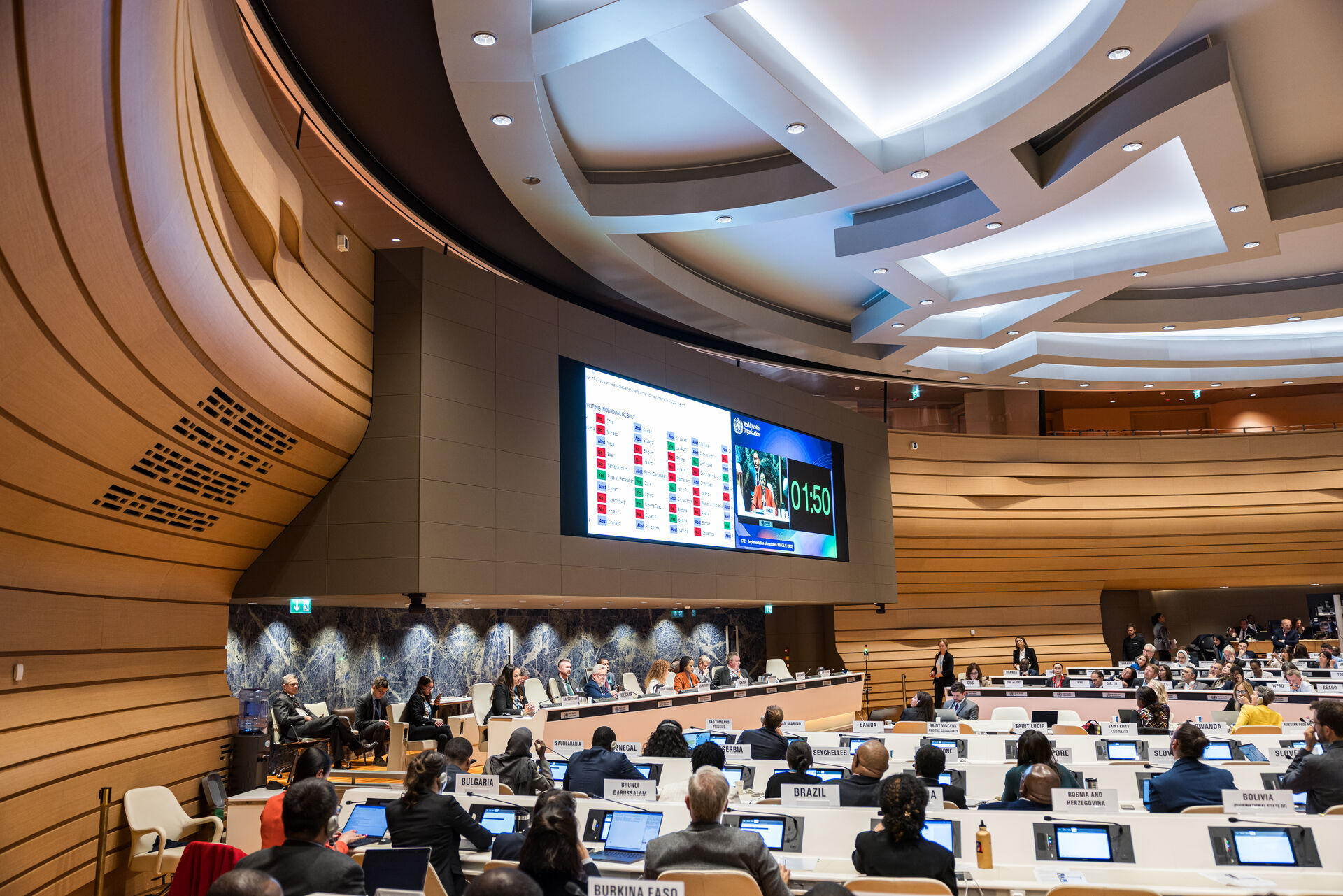
On 14 August 2025, WHO and the University of Antioquia's Unit of Evidence and Deliberation for Decision Making (UNED) convened international experts to advance a new global Evidence and Gap Map (EGM) on science advisory systems. The consultation is part of a broader WHO initiative to help countries strengthen national science advice systems to enhance public health and contribute to economic growth.
Efforts to strengthen national systems for using evidence are still relatively new. But the field is expanding quickly, with many new tools now available. Building on its long-standing EVIPNet experience in helping countries institutionalize evidence-informed policy-making, WHO commissioned UNED to develop the EGM. The map gives governments a global overview of the tools available and where gaps remain.
The EGM brings together tools and guidance for assessing national science advisory systems. It shows what resources are available, the areas they cover, and where important gaps remain. The map includes key WHO resources such as the WHO Checklist for Institutionalizing Evidence-Informed Policy-making and the EVIPNet Situation Analysis Manual . By providing an overview of how evidence is used across sectors, the EGM helps governments evaluate their systems and strengthen the use of science in policy-making.
During the consultation, experts described the initiative as rigorous and comprehensive. They recommended ways to increase its relevance for different contexts and highlighted the need for companion tools to translate the map's findings into practical guidance for decision-makers.
WHO and UNED will continue refining the EGM to provide an accessible resource that supports all Member States in assessing and strengthening science advisory systems and making greater use of evidence in public policy.






